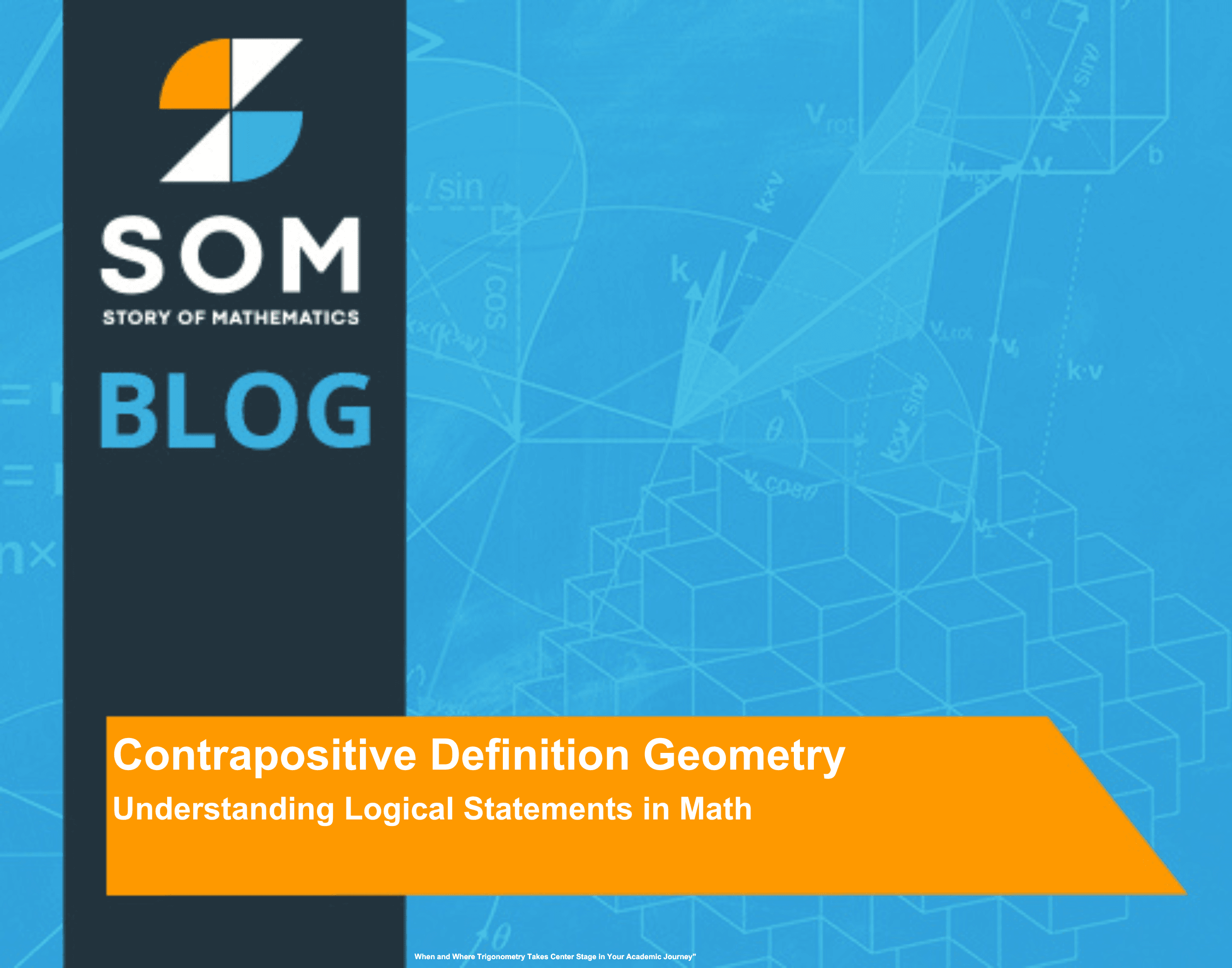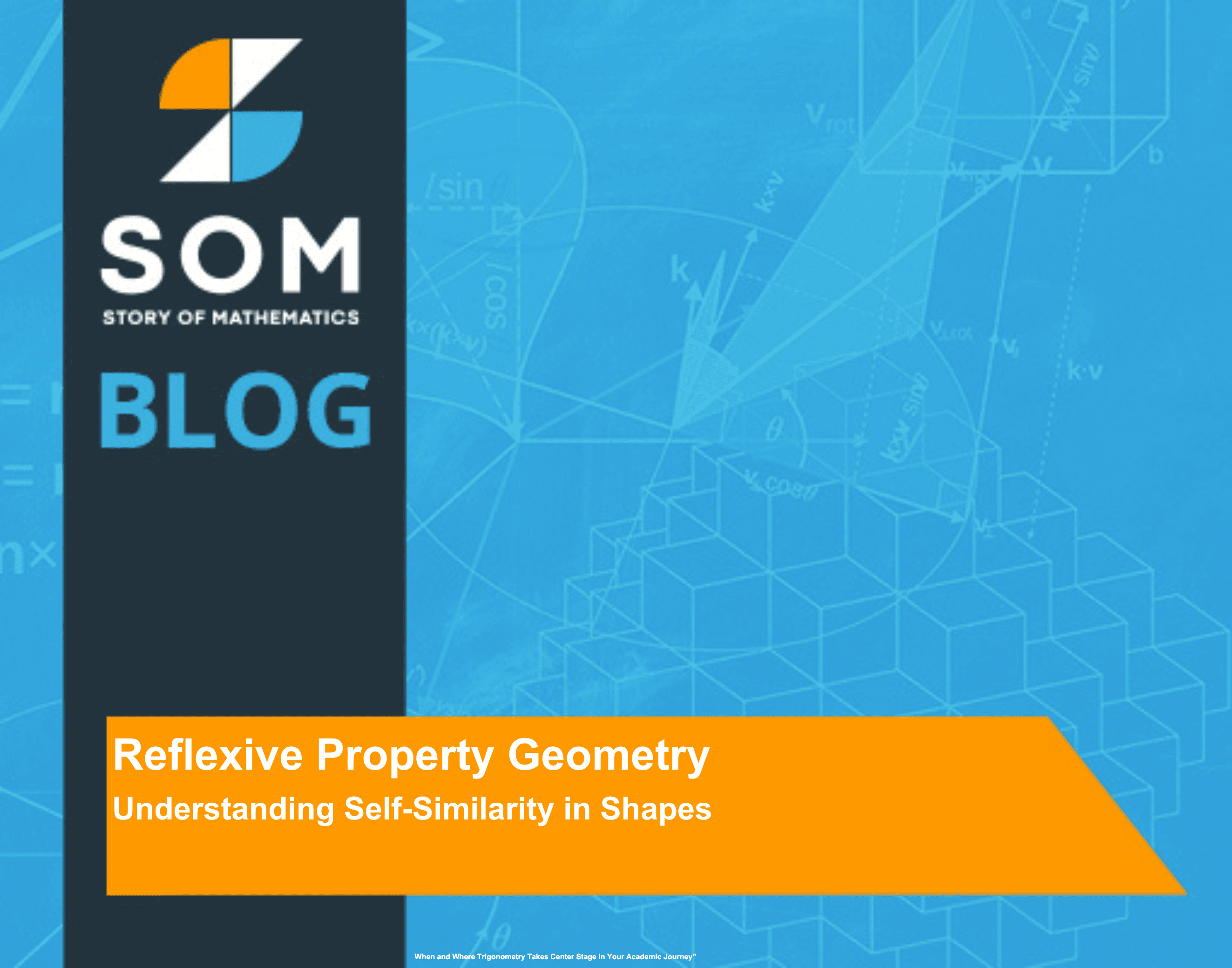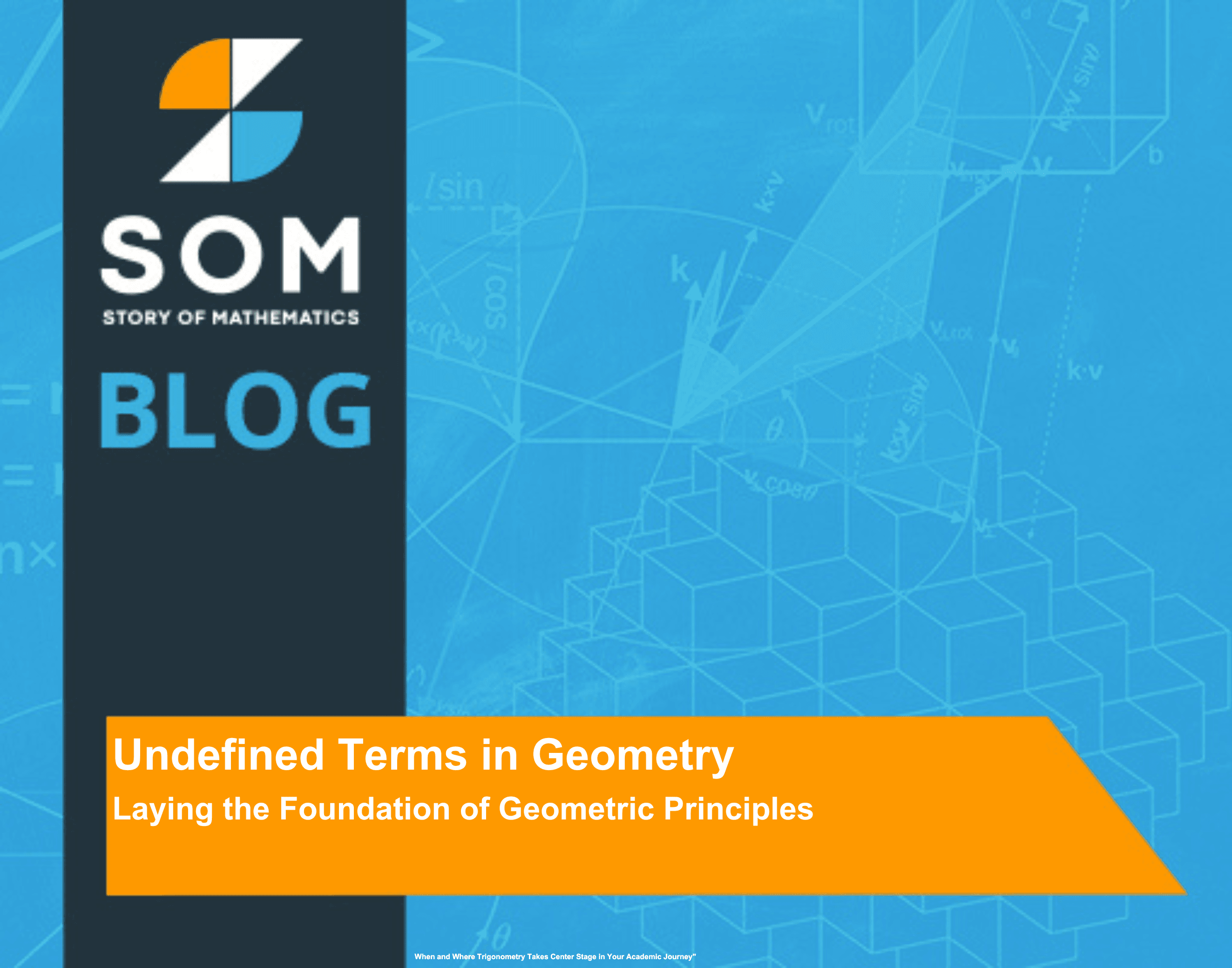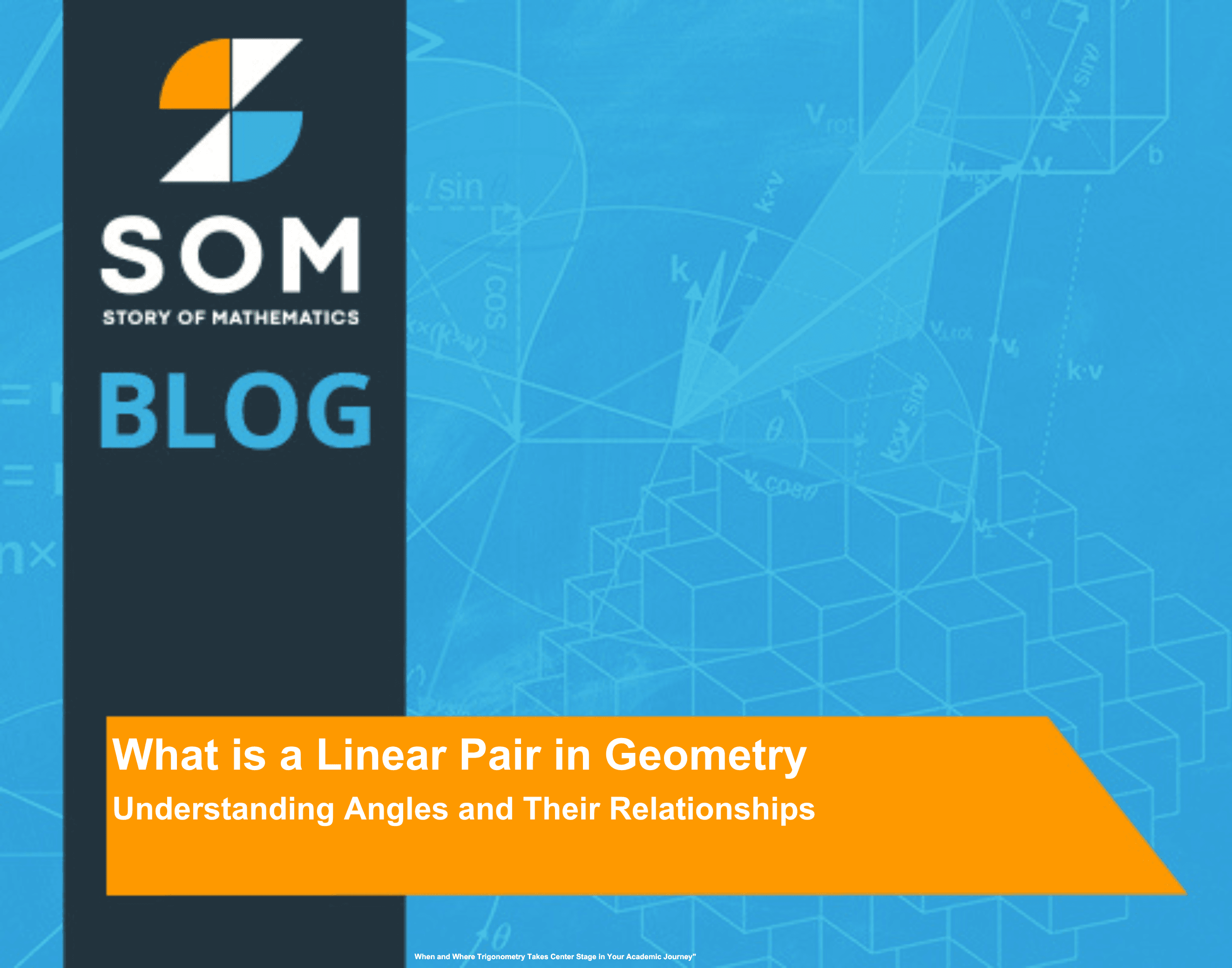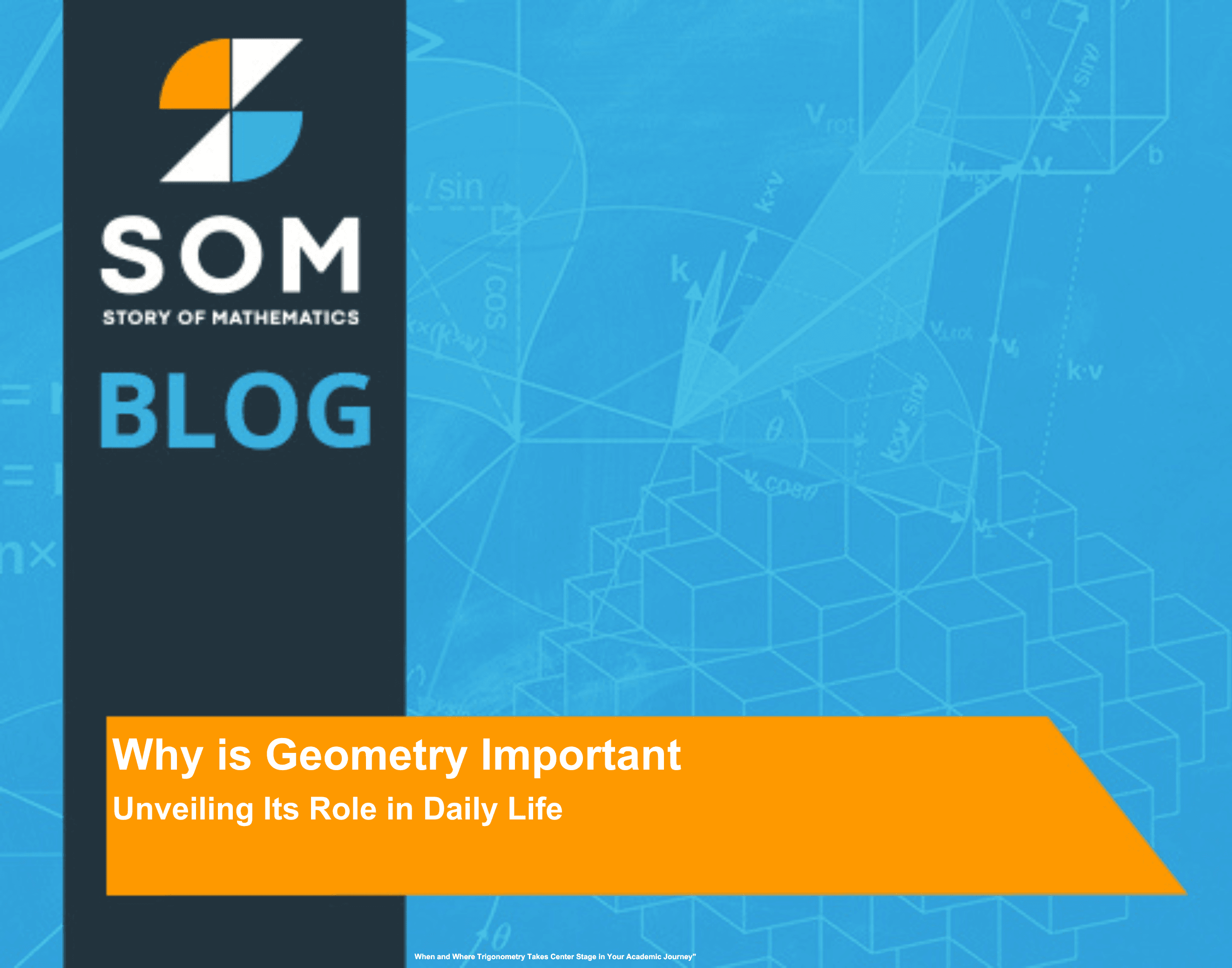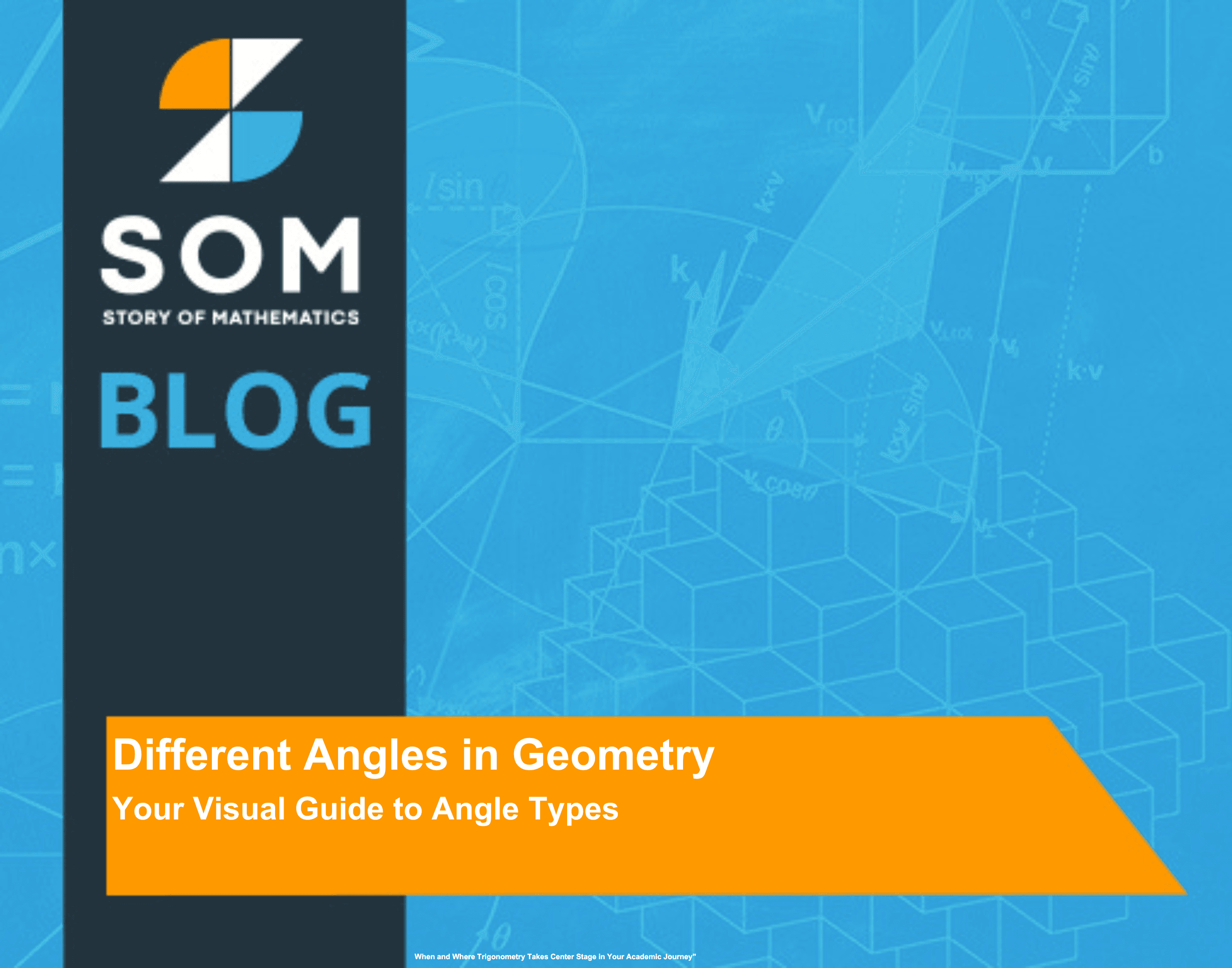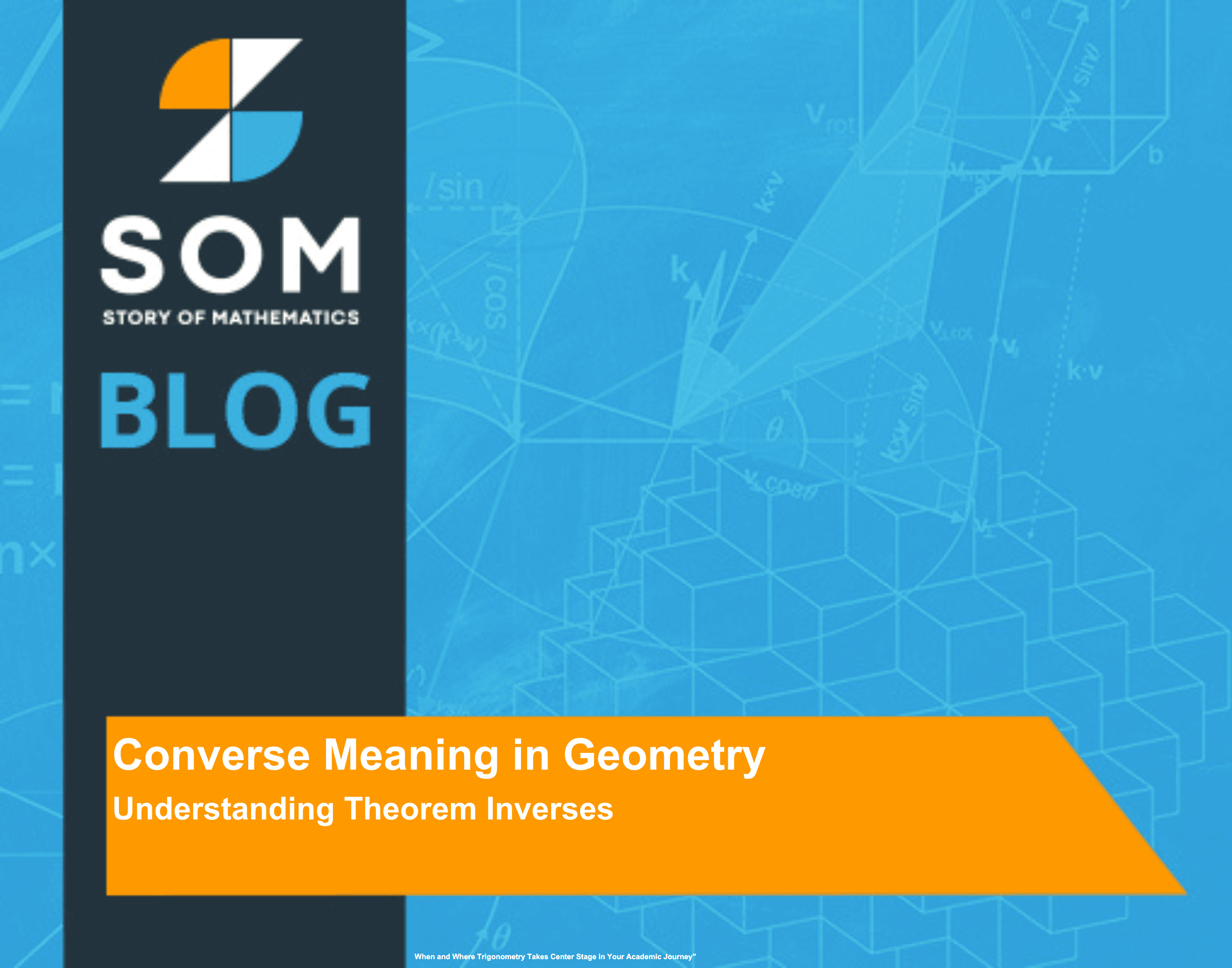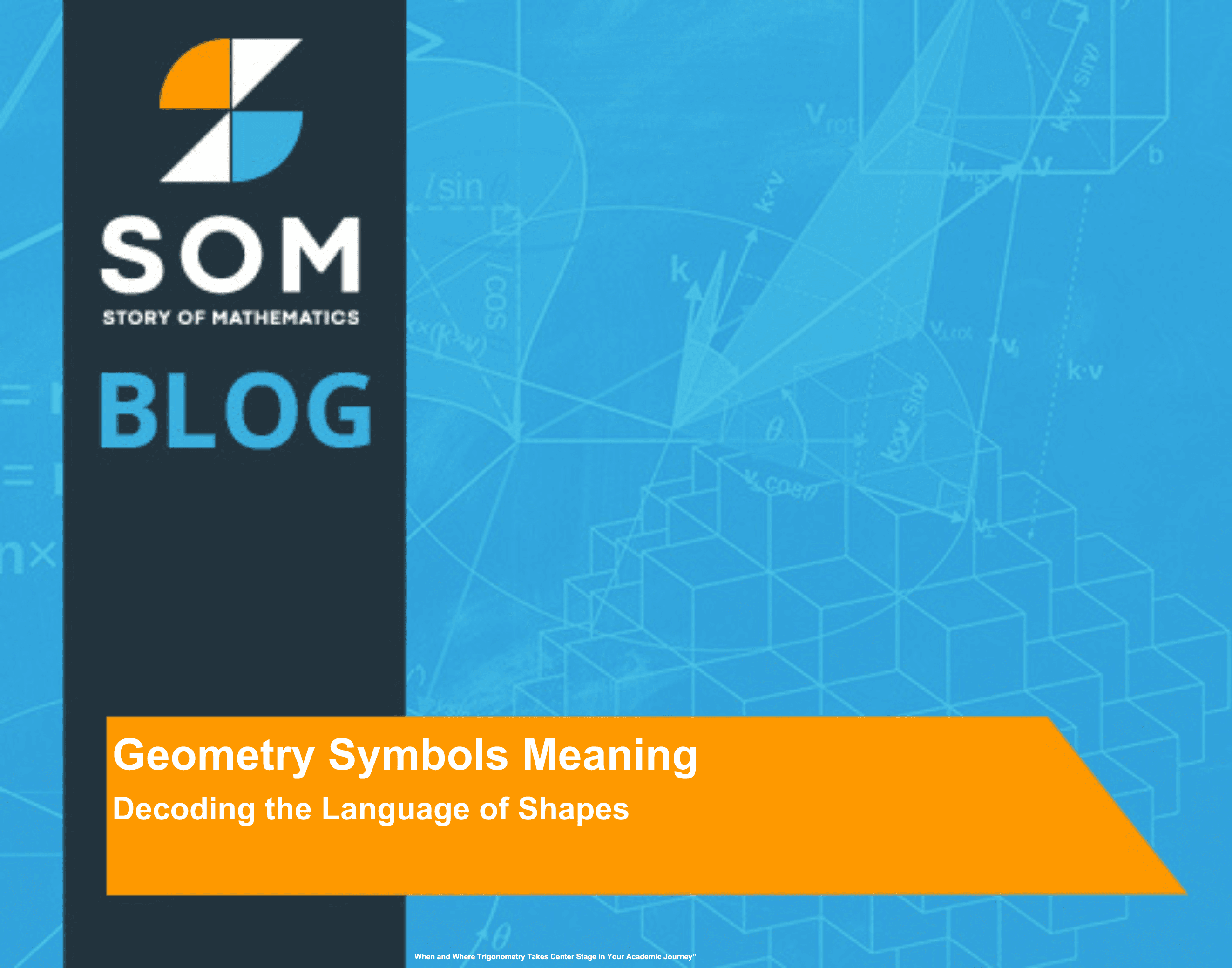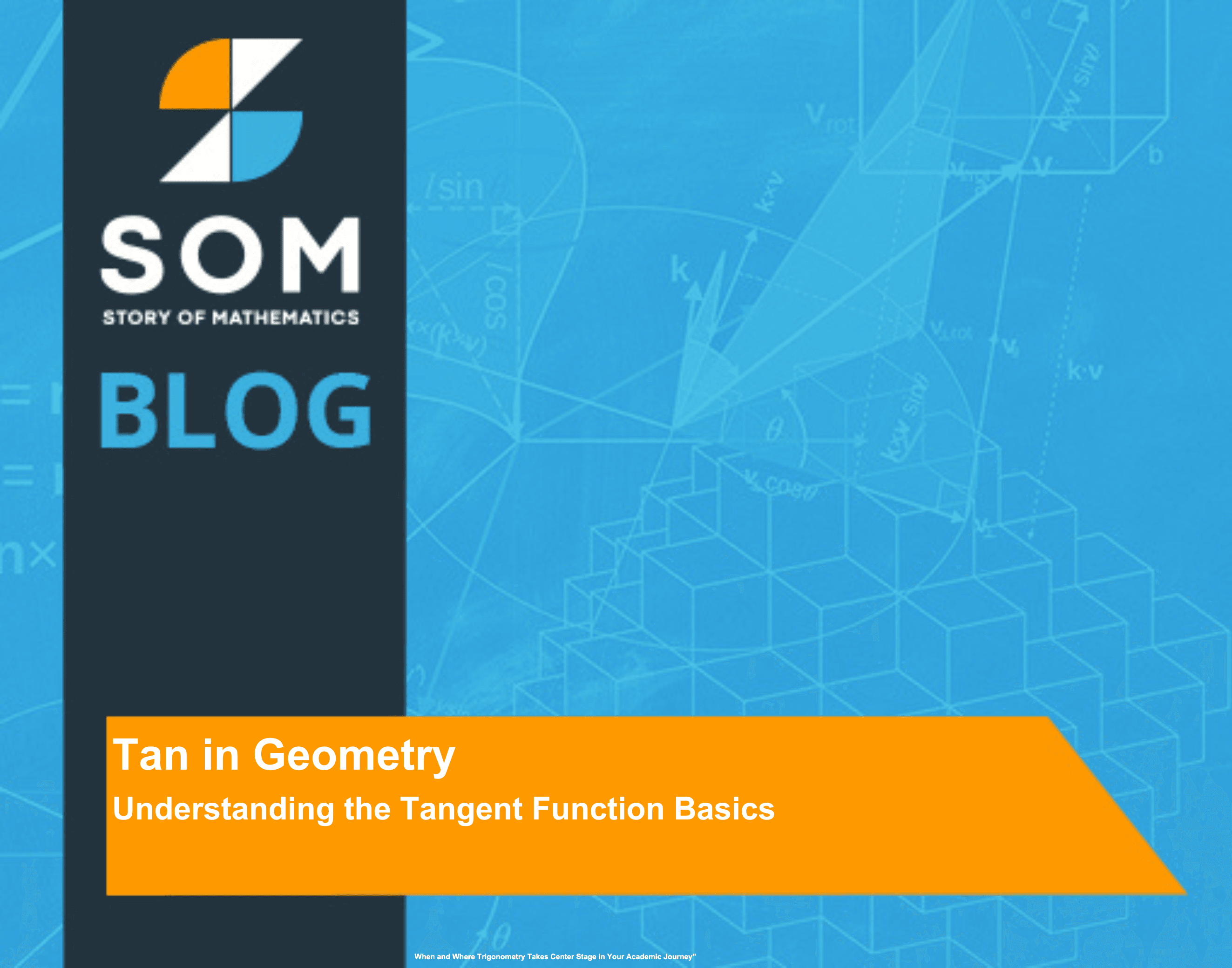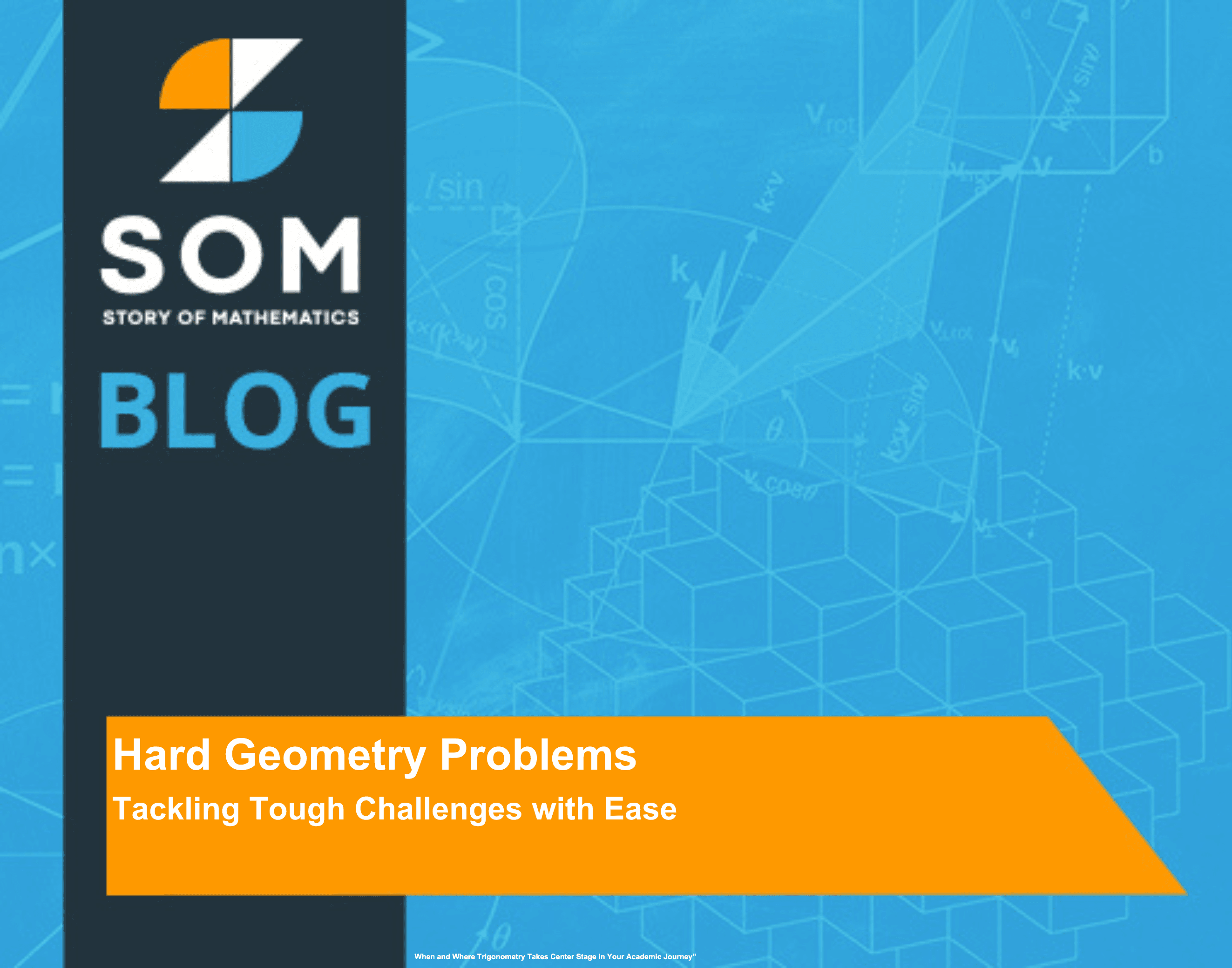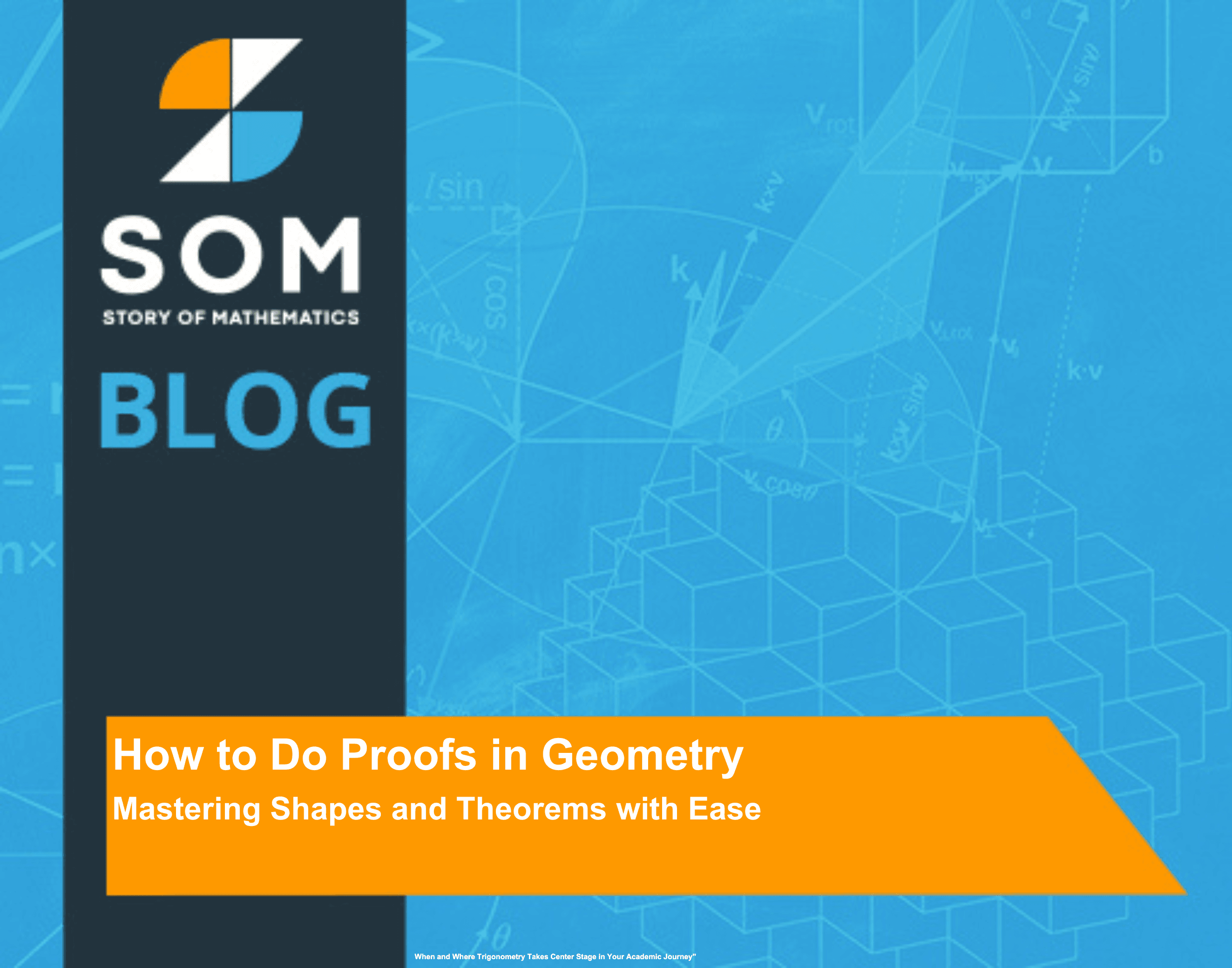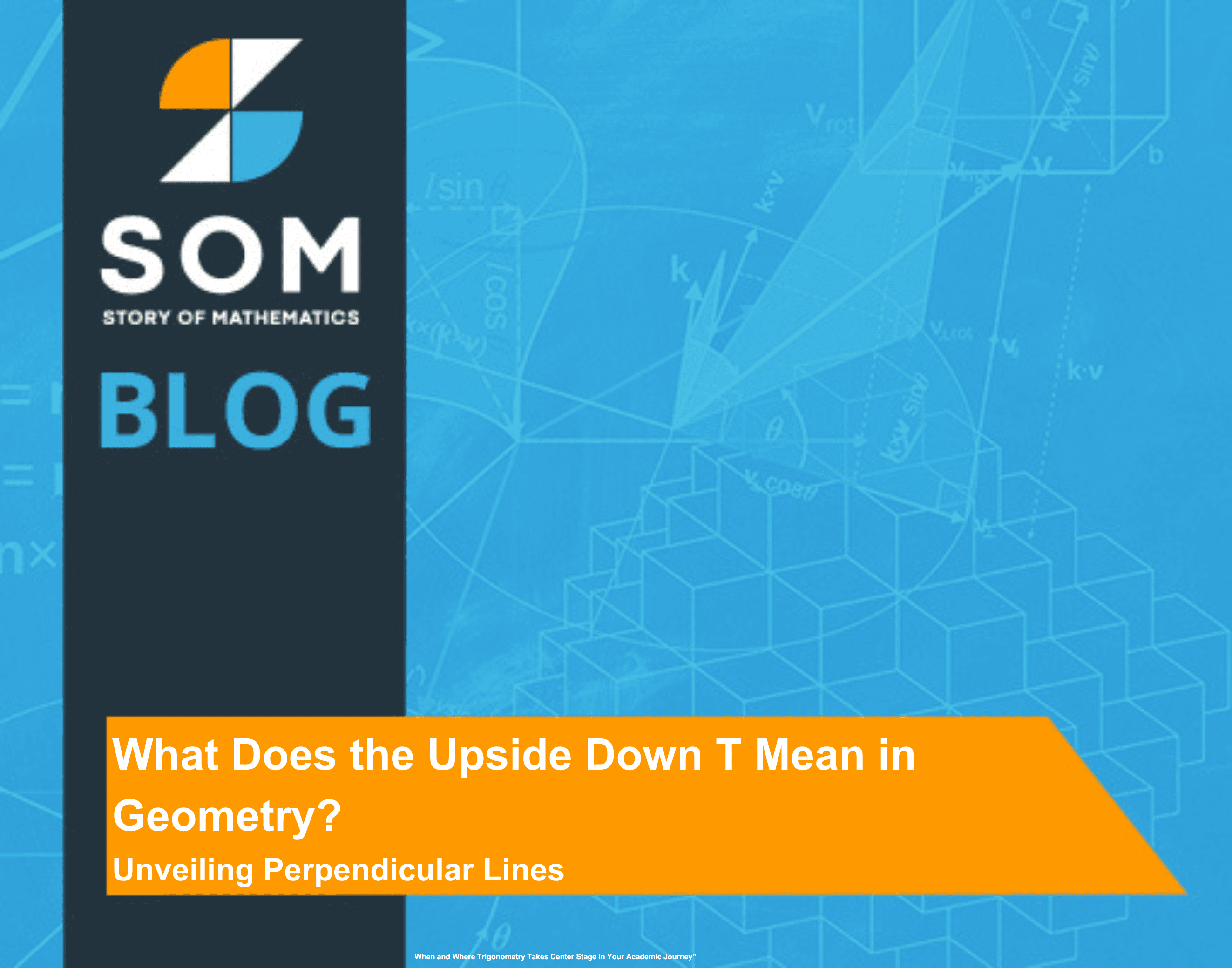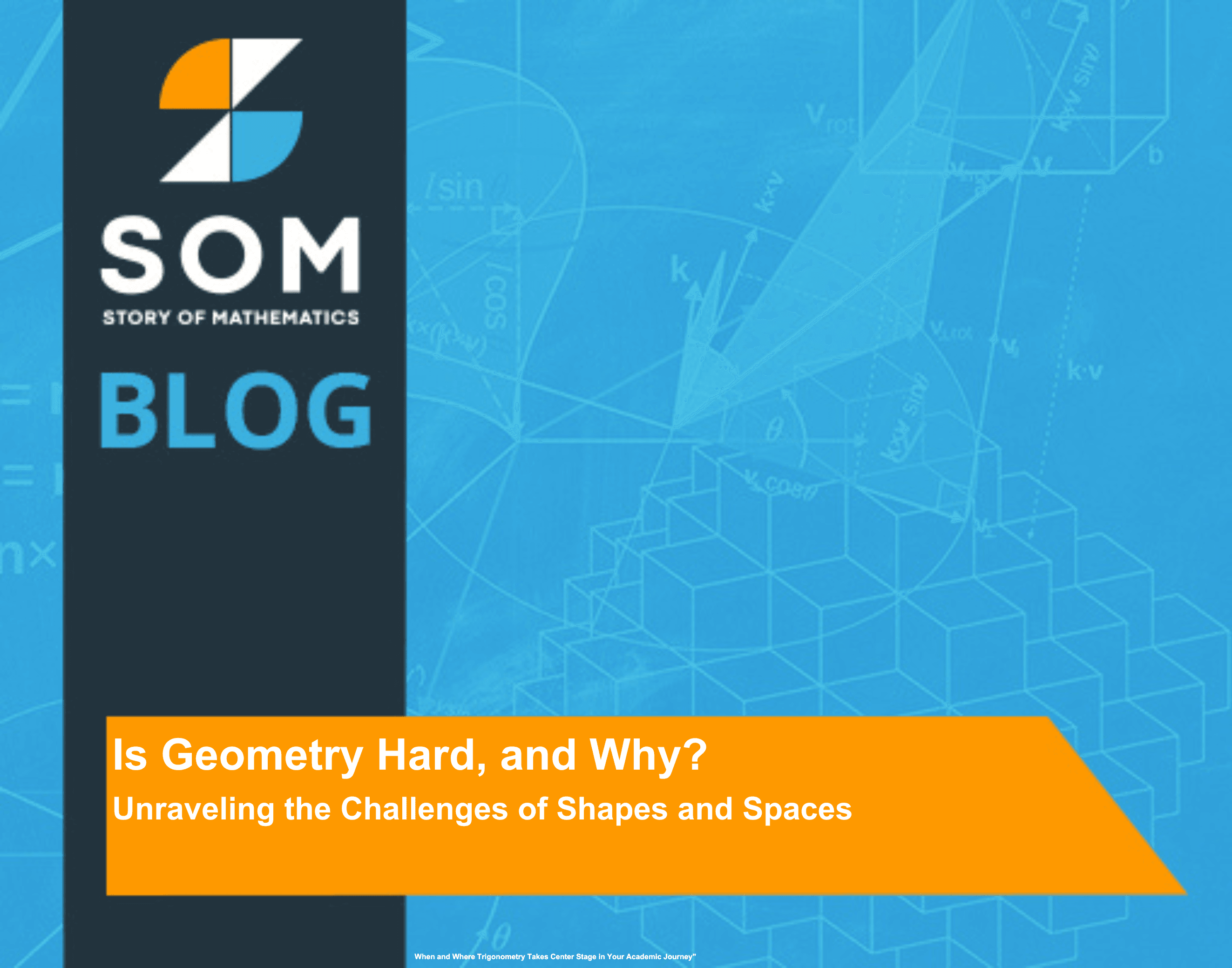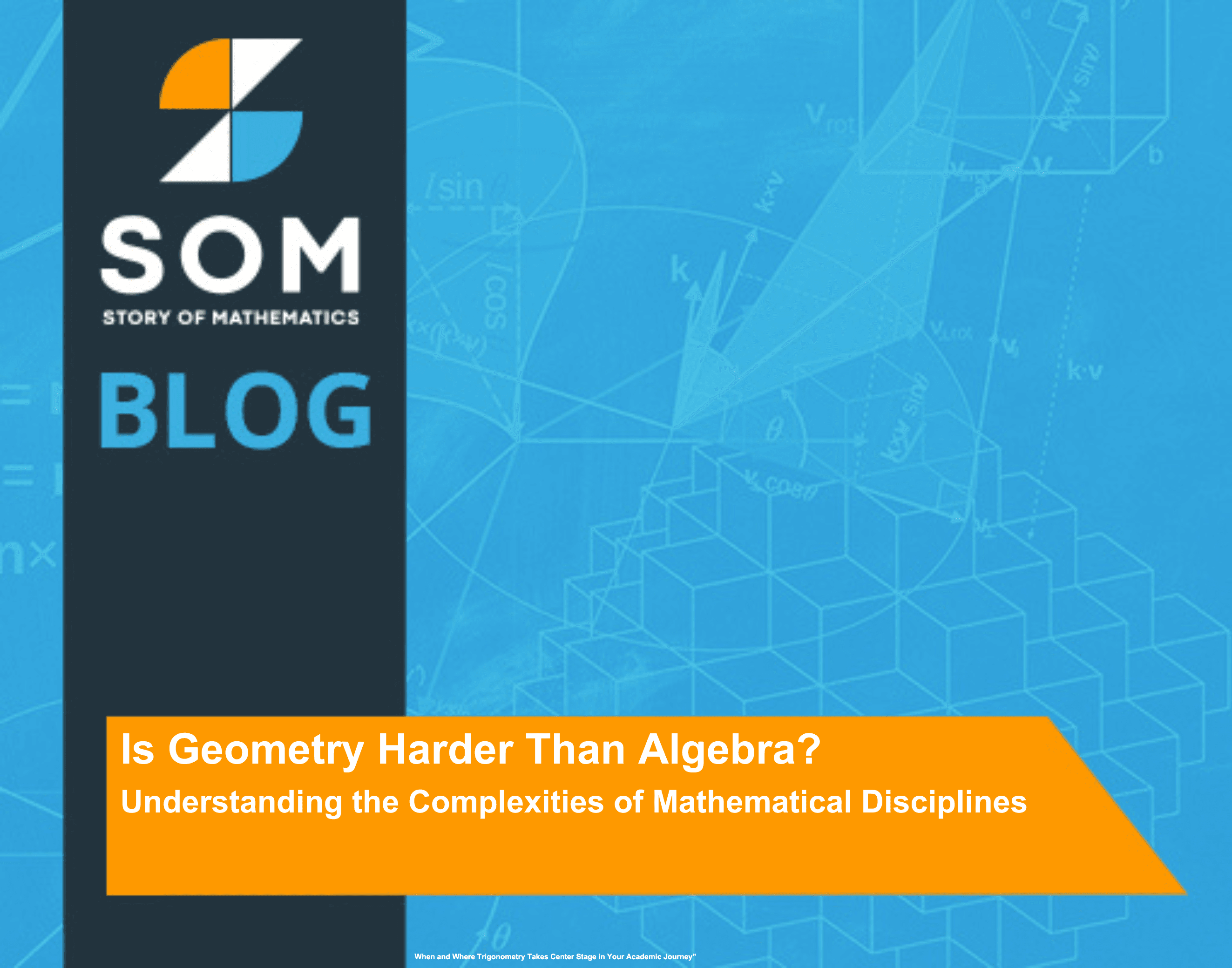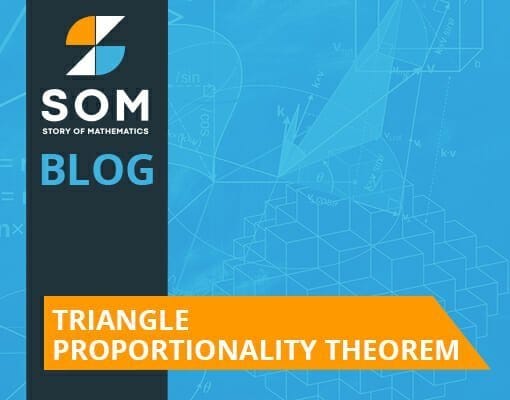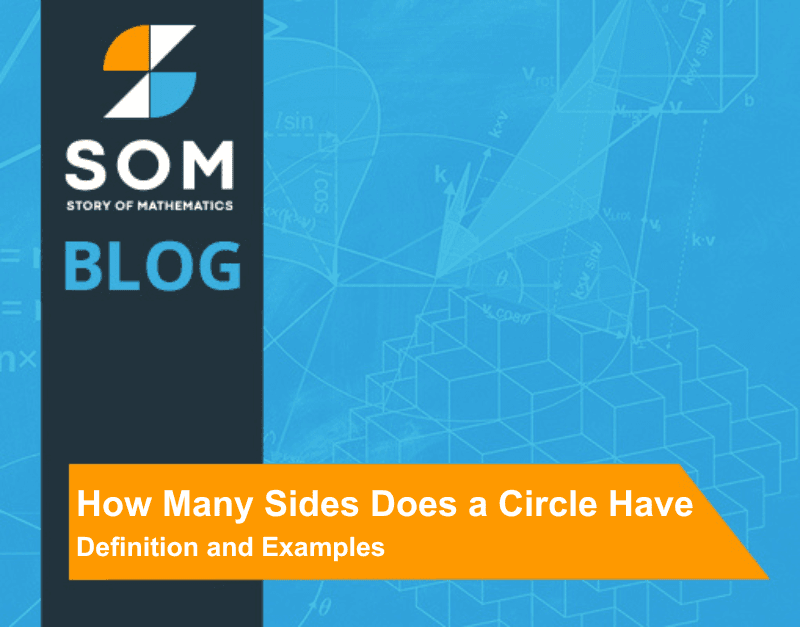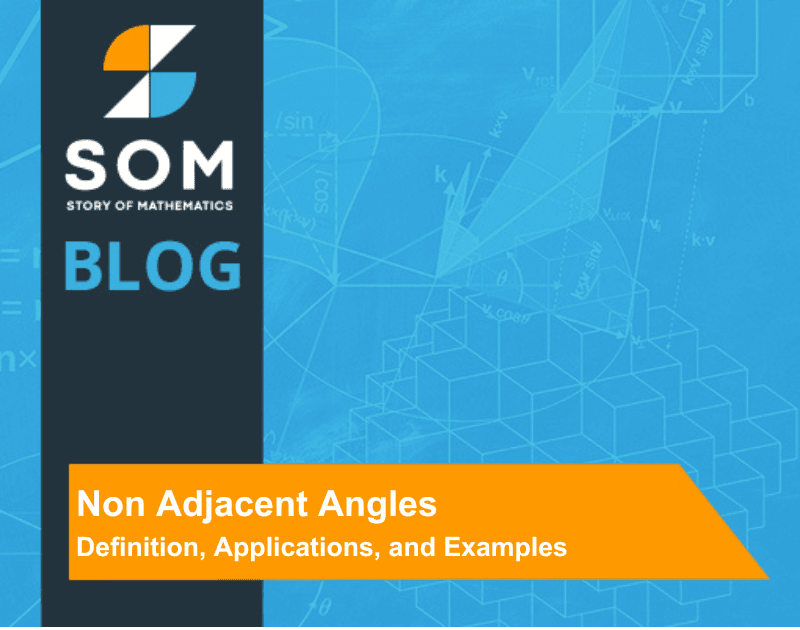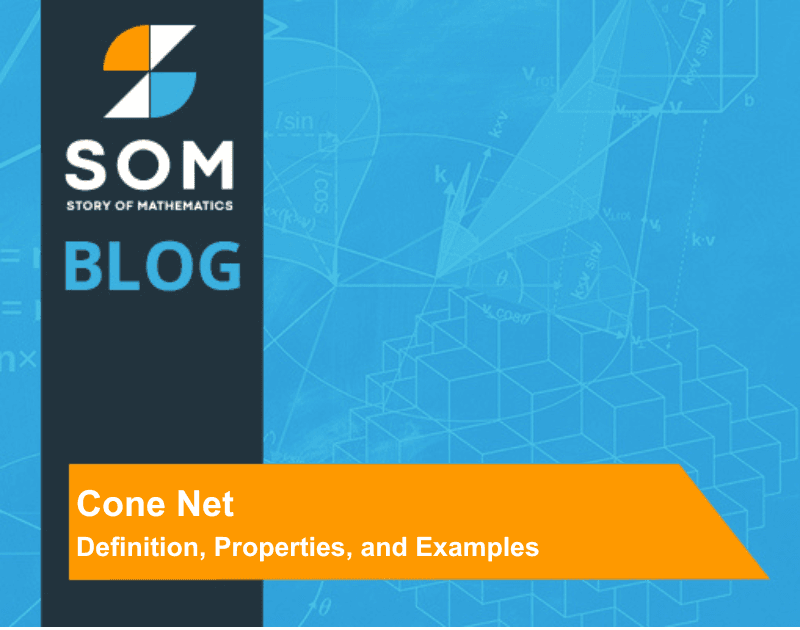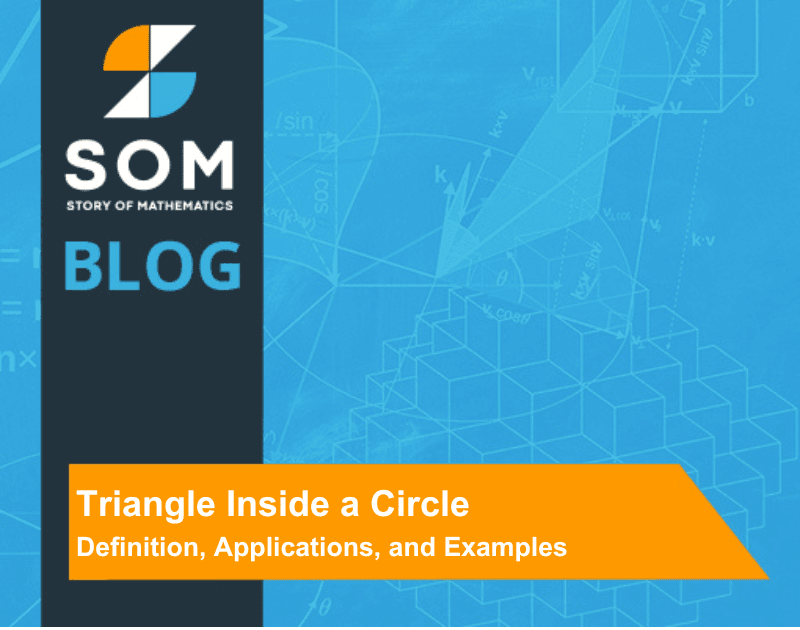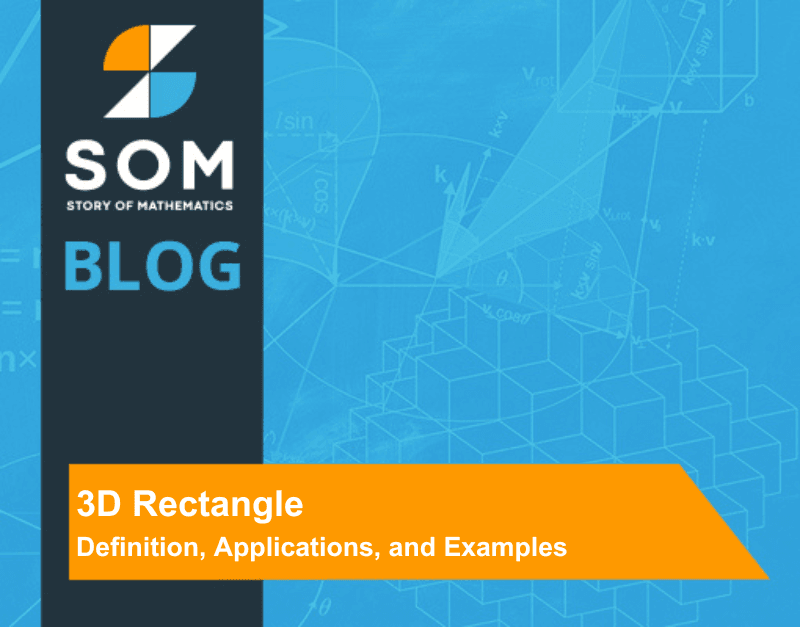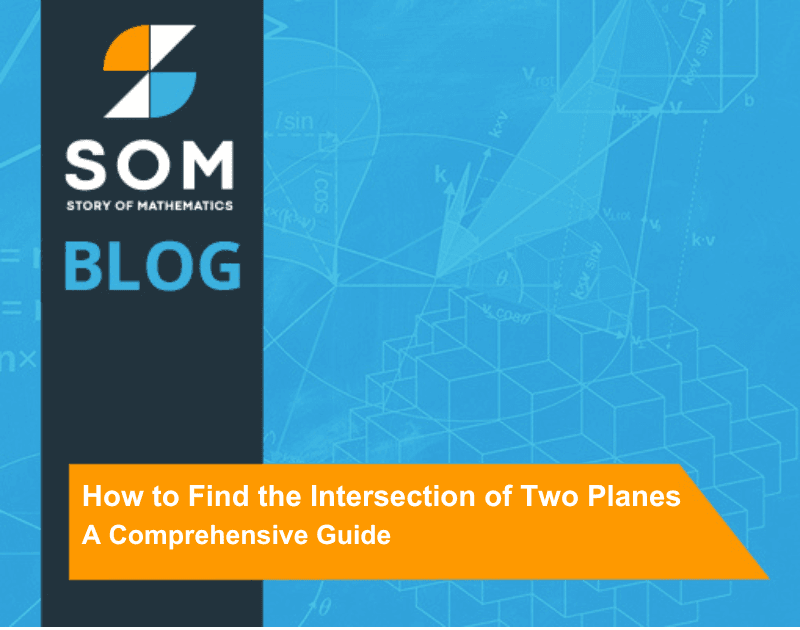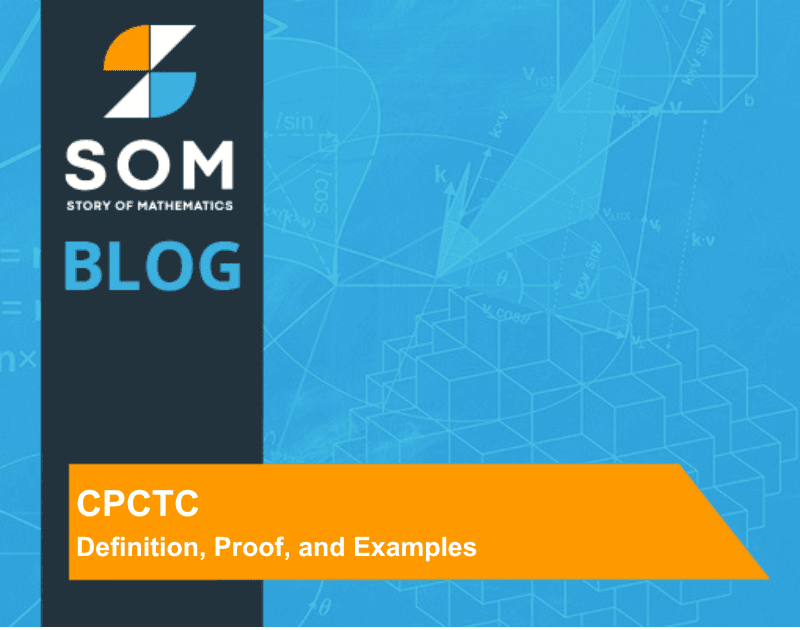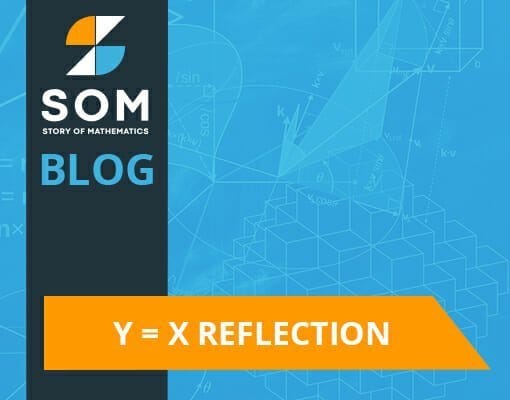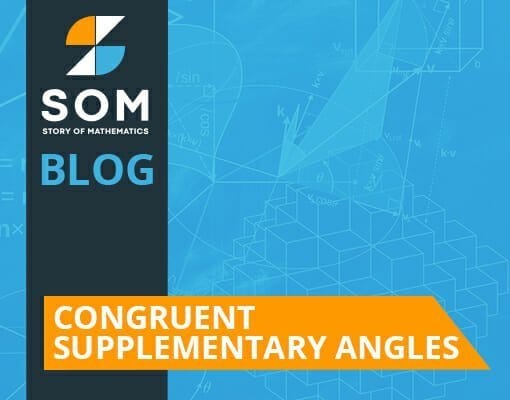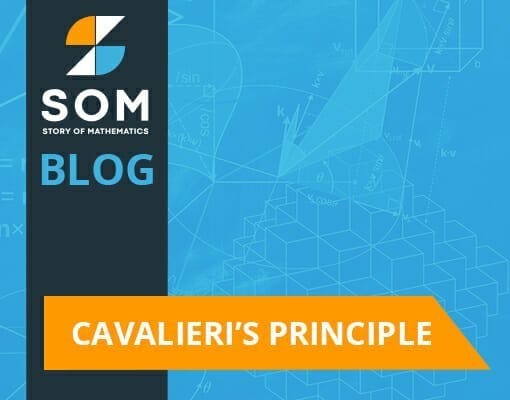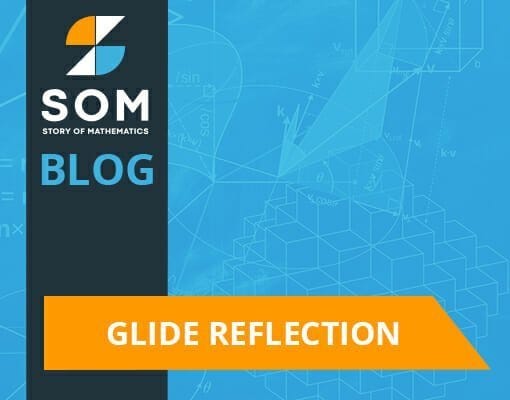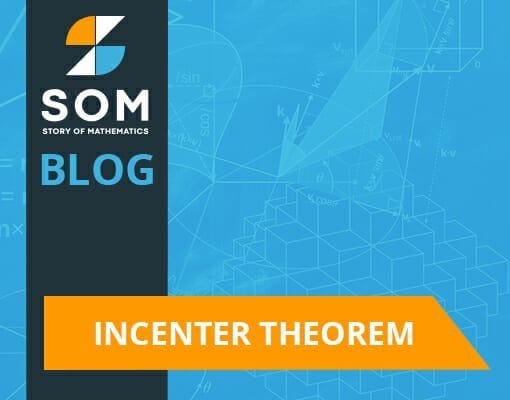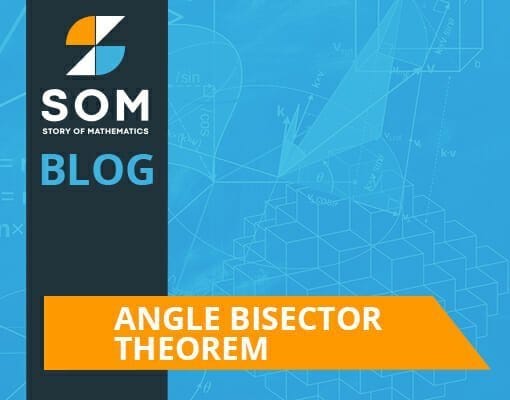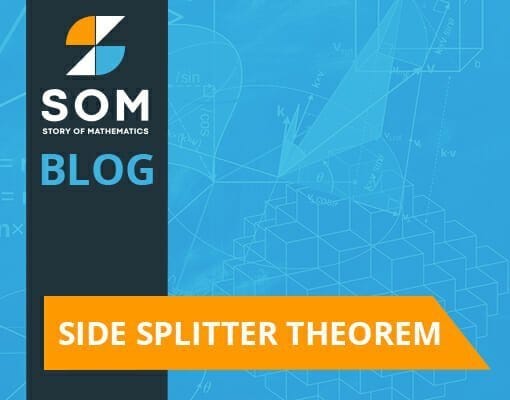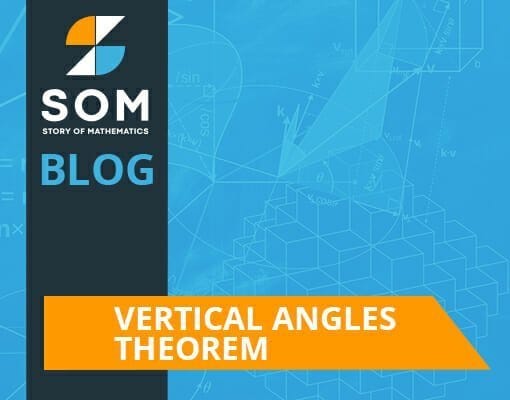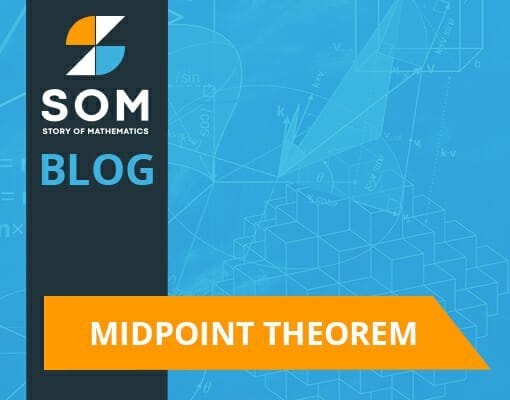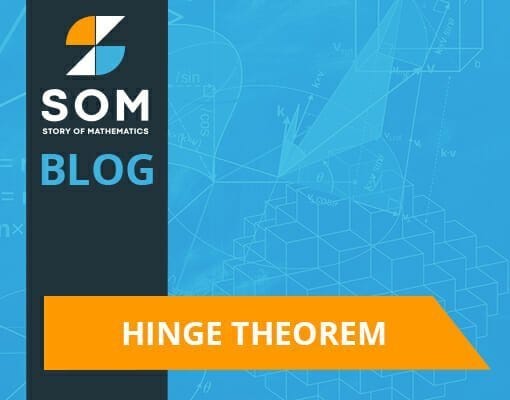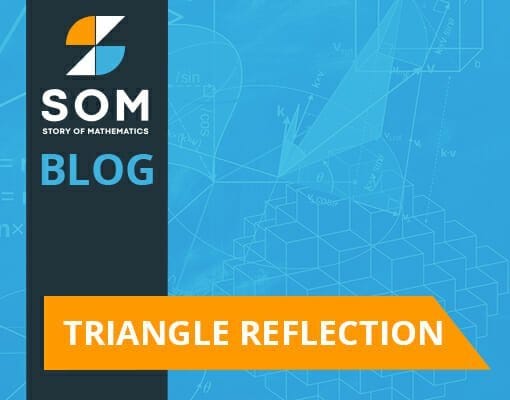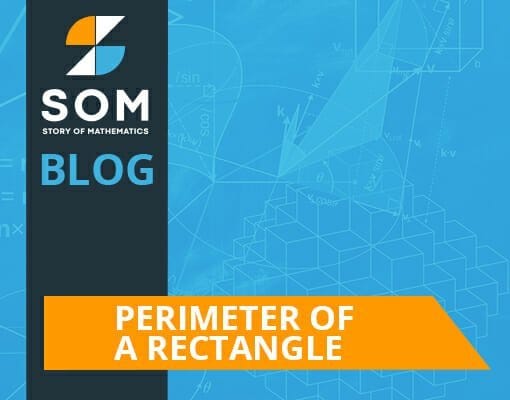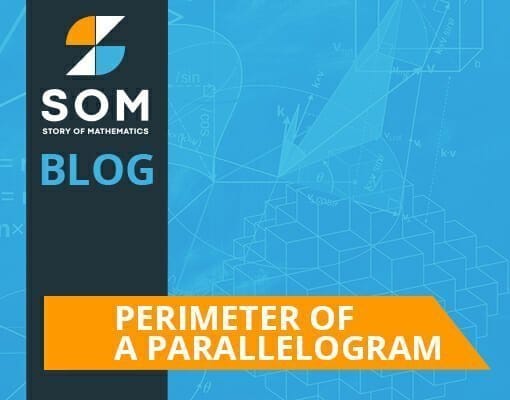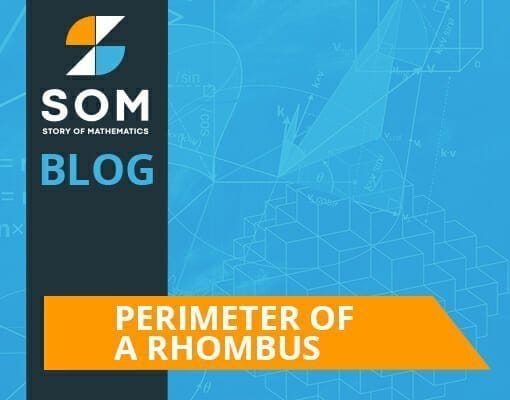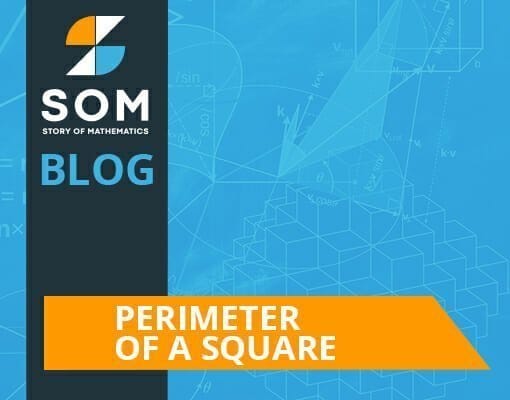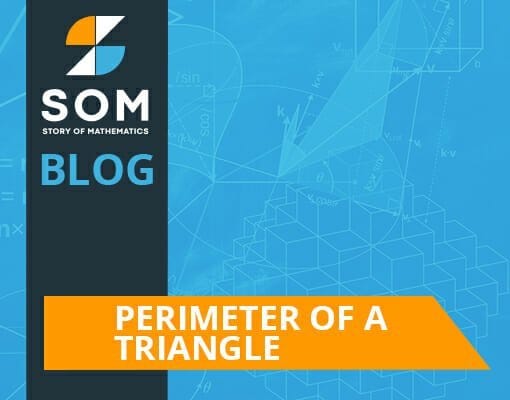The contrapositive in geometry is a logical relationship between statements that plays a crucial role in proofs and reasoning. In essence, for any given conditional statement “If ( p ), then ( q )”, the contrapositive is expressed as “If not ( q ), then not ( p )”. This forms the foundation for establishing […]
Category Archives: Geometry
The reflexive property in geometry is a fundamental concept that asserts any mathematical object; be it an angle, line segment, or geometric shape, is congruent to itself. This seems intuitively obvious, yet it’s an essential building block used throughout geometric proofs and algebraic equations, acting as a cornerstone for more complex reasoning and theorems. My […]
Geometry is built on the foundation of undefined terms, which, interestingly, aren’t explicitly defined using other mathematical terms. These undefined terms—specifically point, line, and plane—are the building blocks from which definitions of other geometric concepts are constructed. A point is understood to represent a location in space with no size, shape, or dimension. A line […]
In geometry, a linear pair is a concept involving two adjacent angles that share a common arm and whose non-common arms form a straight line. To be considered a linear pair, these two angles must add up to $180^circ$, which means they are supplementary angles. This is a fundamental concept, as it is closely related […]
Geometry is the branch of mathematics that engages with the properties and relationships of points, lines, shapes, and figures in both plane and space. In studying geometry, I explore the fundamental building blocks of the physical world, unraveling how various figures are formed, interact, and can be measured. It begins with the basics of understanding […]
Geometry is the mathematical study that deals with the size, shape, and position of figures and the properties of space. Its significance stems from its ability to provide a framework for understanding and manipulating the physical world. Since ancient times, geometrical principles have been fundamental in various fields such as art, architecture, and engineering. The […]
Geometry is the branch of mathematics that deals with the properties and relationships of points, lines, surfaces, and solids. A fundamental concept within geometry is the angle, which forms when two rays (the arms of the angle) meet at a common endpoint known as the vertex. The measure of an angle is often expressed in […]
The converse in geometry refers to a form of statement that arises when the hypothesis and conclusion of a conditional statement are switched. In a typical conditional statement of the form “If $p$ then $q$”, the converse would be “If $q$ then $p$”. Understanding the converse is critical because it does not necessarily hold the […]
Geometry is a branch of mathematics that I’ve always found fascinating. It deals with the properties and relations of points, lines, surfaces, and solids. The symbols used in geometry are universally recognized shorthand notations that make complex mathematical concepts and proofs easier to understand and communicate. For example, an angle is represented by the symbol […]
Geometry is an essential aspect of many careers, encompassing a range of skills needed for various professional paths. In my experience, a solid understanding of geometric principles is particularly valuable in fields that require spatial understanding and design capabilities. For instance, construction workers rely on geometry to accurately build structures, ensuring they are both functional […]
Tan in geometry, specifically in the realm of trigonometry, is a fundamental concept that relates to the shape and angles of triangles. It is the abbreviation for the tangent, which in a right-angled triangle is the ratio of the length of the side opposite to a given angle to the length of the side adjacent […]
Geometry problems often involve shapes, sizes, positions, and the properties of space. As I delve into the realm of geometry, it’s fascinating to explore the intricate challenges posed by harder problems in this field. These problems test my understanding of concepts such as congruence, similarity, the Pythagorean Theorem, as well as area and perimeter calculations. […]
To do proofs in geometry, I start by understanding the fundamental logic that forms the basis for all mathematical reasoning. Geometry is the branch of mathematics that deals with the properties and relations of points, lines, angles, surfaces, and solids. Proving a geometrical statement requires a set of logical steps that lead to a conclusion […]
The upside-down T in geometry is a mathematical symbol known as the perpendicular sign, formally represented as $perp$. This symbol indicates that two lines or line segments intersect each other at a right angle, precisely at 90 degrees. Geometry is replete with various symbols that each carry specific meanings, and the upside-down T is one […]
Geometry is a branch of mathematics that I encounter at various stages of my education, with its foundational concepts often introduced as early as elementary school. It’s fascinating how this subject weaves into almost every part of my curriculum, starting subtly in kindergarten with shapes and space, and becoming more defined through middle school and […]
Yes, geometry can be challenging, largely due to its unique combination of logic, theory, and spatial understanding. Unlike other areas of math, such as algebra which revolves around equations and variables, geometry involves visualizing and manipulating shapes and understanding the properties and relations of points, lines, surfaces, and solids. It’s like learning a new language—a […]
Geometry is the branch of mathematics that I find essential for various professionals and is deeply integrated into many jobs. For instance, architects employ geometry to create safe and aesthetic structures, often using principles of shapes and spaces to ensure stability and functionality in their designs. Surveyors, too, heavily rely on geometric principles, such as […]
Is geometry harder than algebra? The difficulty of geometry or algebra can be quite subjective depending on a student’s strengths and interests; however, many find geometry to demand a different skill from algebra. Geometry often involves more spatial reasoning and the memorization of various rules and theorems, which can be challenging for those who prefer the […]
The triangle proportionality theorem states that if we draw a line parallel to one side of a triangle so that it intersects the remaining two sides, then both sides are divided in the same proportion or divided equally. The triangle proportionality theorem is also known as the side-splitting theorem as it splits both sides into […]
The question, ‘How many sides does a circle have?‘ seems deceptively straightforward. Yet, it opens Pandora’s box of mathematical subtleties, leading to some of the most fundamental concepts in geometry. This article invites you to embark on a thought-provoking journey, aiming to explore this age-old question, shedding light on both traditional mathematical insights and modern […]
This discussion aims to illuminate the mathematical properties of secant circles, their relationship with tangents, and the rich tapestry of applications they find in science, engineering, and everyday life. Definition of Secant Circle In geometry, a secant circle, with respect to another circle, is a circle that intersects the given circle at exactly two distinct […]
This article explores the non adjacent angles, demystifying their properties, their relationships, and their roles in shaping the geometric world as we know it. Defining Non Adjacent Angles Non adjacent angles are two or more angles that do not share a common side (ray) or a common vertex (endpoint of the rays). They are distinct […]
This article invites you to explore the cone net, its properties, application, and examples. Definition of Cone Net The cone net refers to a two-dimensional pattern that can be folded along its edges to create a three-dimensional shape, in this case, a cone. The cone net generally consists of a circle (representing the base of […]
In this article, we dive into the captivating world of a triangle inside a circle, unraveling the beautiful intricacies of this geometric arrangement. Join us as we navigate through a series of theorems, concepts, and real-world applications that illuminate the richness of this captivating geometric relationship. Definition of Triangle Inside a Circle A triangle inside […]
2pir is the circumference of a circle. The circumference (or the perimeter) of a circle is the total length of the circle’s boundary. The circumference is a linear measure, and its units are mostly given as centimeters, meters or inches. A circle is a closed round figure, and all the points on the circle’s boundary […]
Similar triangles proof is a captivating facet of geometry, offering a rich playground for mathematical exploration and proof, embodying the harmony and beauty in the world of shapes and forms. These congruent figures, despite their varying scales, uphold the fundamental principle of similarity: maintaining identical angles while exhibiting proportional sides. Through this article, we will […]
In the following article, we’ll explore the fundamental principles defining 3D rectangles, delve into their fascinating properties, and illustrate their indispensable roles in simple and complex structures around us. Definition A “3D rectangle” is more formally known as a rectangular prism or a cuboid in geometry. It is a three-dimensional solid shape bounded by six […]
Geometry plays a crucial role in our understanding of the physical world. In advanced geometry, particularly in three-dimensional space, planes are infinite flat surfaces that extend indefinitely in all directions. How to find the intersection of two planes? This article delves into the methods of finding the intersection of two planes and the significance of […]
Within the realm of geometry, a remarkable principle known as Corresponding Parts of Congruent Triangles is Congruent (CPCTC) unveils a hidden symmetry at the heart of triangle congruence. CPCTC is a powerful tool, illuminating the profound relationship between congruent triangles and their corresponding parts. By establishing that corresponding sides, angles, and other elements of congruent […]
The $boldsymbol{ y = x}$ reflection is simply “flipping” a shape or a point over a diagonal line. Since $ y= x$ reflection is a special type of reflection, it can also be classified as a rigid transformation. Knowing how to reflect over the line $y=x$ will come in handy when graphing functions and predicting […]
Congruent supplementary angles are angles that meet two conditions — they are congruent and they are supplementary. These angles share these properties, making them unique angles and important ones to learn when working with applications and problems involving angles and algebra. Congruent supplementary angles are angles that add up to $boldsymbol{180^{circ}}$ and, at the same […]
The Cavalieri’s Principle relates the volumes of two solids given their cross-sections and heights. This principle is also helpful when comparing the areas of two solids given their respective bases and heights. Understanding Cavalieri’s Principle leads to a wide range of properties shared by two and three-dimensional figures. Cavalieri’s Principle states that when the two […]
The horizontal shift highlights how the input value of the function affects its graph. When dealing with horizontal shifts, the focus is solely on how the graph and function behave along the $x$-axis. Understanding how horizontal shifts work is important, especially when graphing complex functions. The horizontal shift occurs when a graph is shifted along […]
The glide reflection is a great example of a composite transformation, which means it is composed of two basic transformations. Through glide reflection, it is now possible to study the effects of combining two rigid transformations as well. To provide an analogy: imagine walking barefoot on the beach, the footprints formed exhibit glide reflection. The […]
The incenter theorem shows that the angle bisectors dividing the triangle’s vertices are concurrent. This theorem establishes the properties and formula of incenters, inradius, and even incircles. These properties and theorem open a wide range of applications and other properties of triangles. The incenter theorem states that the incenter (intersection of the triangle’s angle bisector) […]
The angle bisector theorem highlights the relationship shared between the line segments and sides of a given triangle. Since this theorem applies to all types of triangles, this opens a wide range of word problems, theorems and other applications in geometry. The angle bisector theorem shows how the line segments formed by the angle bisector […]
The side splitter theorem simplifies the relationship between the line segments formed by the two similar triangles with overlapping sides. It highlights the proportionality shared between the line segments formed by “splitting” the sides, hence the name of the theorem. The side splitter theorem establishes the relationship between the line segments formed by splitting the […]
The vertical angles theorem focuses on the angle measures of vertical angles and highlights how each pair of vertical angles share the same measure. Through the vertical angles theorem, we can now solve problems and find unknown measures when vertical angles are involved. The vertical angles theorem establishes the relationship between two vertical angles. Through […]
The midpoint theorem is the result of applying our understanding of triangle similarity. It allows us to calculate side lengths given a midpoint and a midsegment parallel to the triangle’s third side. The midpoint theorem can be extended to establish theorems and properties for other polygons such as the parallelogram, trapezoids and more. The midpoint […]
The rigid transformation is a classification of transformations. From its name, rigid transformation retains the physical characteristics of the pre-image. However, the direction and position of the image may differ. The three most common basic rigid transformations are reflection, rotation, and translation. These three transformations all preserve the same properties: size and shape. This is […]
Hinge theorem states that if two sides of a set of two given triangles are congruent, the triangle with a greater internal angle will have the longer third/remaining side. Consider an example of a crane with a beam that can move at different angles. Now, suppose two cranes are equal in length, and the length […]
Mastering triangle reflection tests our understanding of transformations and reflections that occur on a rectangular coordinate plane. The triangle is a polygon made up of three points, so we’re observing the reflections of these three points when learning how to reflect triangles on the coordinate system. Triangle reflection extends our knowledge of reflecting a point […]
The perpendicular bisector theorem states that if a point lies on the perpendicular bisector of a line segment, it will be at an equal distance/equidistant from both endpoints of that line segment. What Is Perpendicular Bisector Theorem? The perpendicular bisector theorem is a theorem stating that if we take any point on the perpendicular bisector […]
In the awe-inspiring universe of mathematics and geometry, concepts extend beyond the standard three dimensions we experience daily. One such captivating idea is that of a hypersphere, an object existing in four or more dimensions, transcending our usual comprehension of space. Known as a higher-dimensional analogue of a sphere, the hypersphere represents a quantum leap in our understanding of geometric […]
Perimeter of a rectangle is the total length of all of its sides. It is calculated with the help of the following formula: $textrm{Perimeter of a Rectangle} = 2 ( textrm{Length} + textrm{Width})$. Perimeter is defined as the boundary that surrounds a shape. It can also be defined as the length of a shape’s sides. […]
The perimeter of a parallelogram is the total length of its outer boundaries. A parallelogram, similar to a rectangle, is a quadrilateral with equal opposite sides. So if the length and width of a parallelogram are $a$ and $b$, such as in the figure above, we can calculate the perimeter as: Perimeter = $2(a + […]
The perimeter of a rhombus is the total length measured across its boundaries. All sides of a rhombus are equal to each other. If the length of any single side is equal to $x$, as shown in the figure above, then the perimeter is given as Perimeter $=4x$ We get the perimeter of a rhombus […]
The perimeter of a square is the total length measured across its boundaries. Let $x$ be the length of each side of the square, as shown in the figure below: The perimeter is calculated using the formula: $textrm{Perimeter} = 4x$ The word perimeter is the combination of two Greek words, “Peri” meaning surrounding or enclosing […]
The perimeter of a triangle can be defined as the total length across all the boundaries of a triangle. Let the lengths of three sides of a triangle be given as $a$, $b$ and $c$, as shown in the figure above. With this information, the perimeter is calculated as: $Perimeter = a + b + […]
A heptagon is a geometric figure that belongs to the broader category of polygons. Polygons are closed, two-dimensional shapes composed of straight lines. While it may seem like just another simple geometric shape, the heptagon presents fascinating complexities in its properties, historical uses, and real-world applications. Brief Overview of the Article This exploration into the […]

